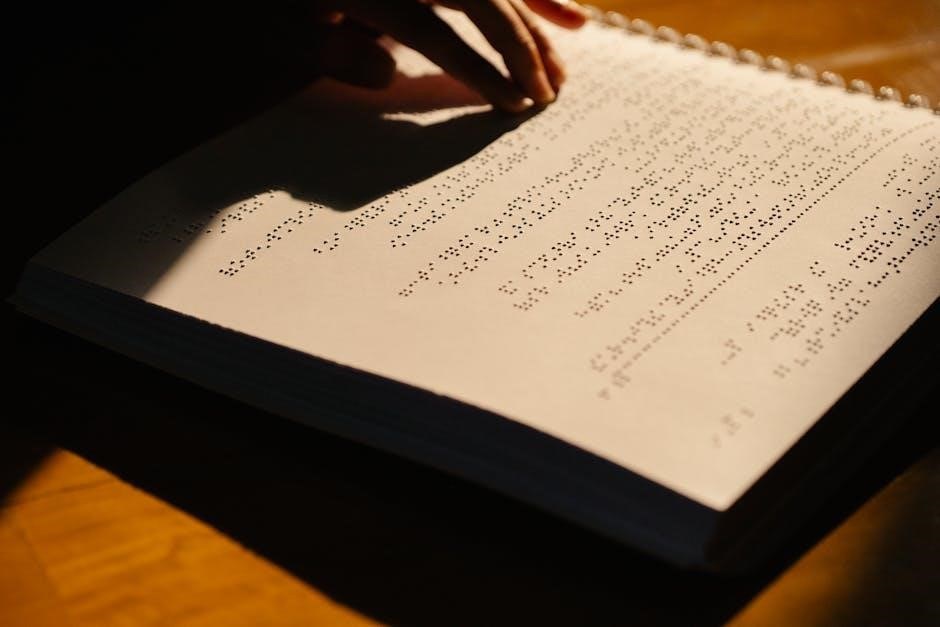
Polynesian symbols and meanings are deeply rooted in rich cultural traditions, offering insights into history, spirituality, and identity. A comprehensive book on this topic serves as a valuable resource, providing detailed explanations of iconic motifs like turtles, sharks, and ocean waves. It bridges the gap between ancient traditions and modern interpretations, making these symbols accessible for personal designs and tattoos. The guide is essential for anyone seeking to understand the profound significance behind Polynesian art and its enduring legacy.
1.1 Overview of Polynesian Cultures and Their Artistic Traditions
Polynesian cultures, spanning islands across the Pacific, are renowned for their vibrant artistic traditions. These traditions, deeply intertwined with spirituality and daily life, feature intricate symbols like turtles, sharks, and ocean waves. Each motif carries specific meanings, reflecting themes of ancestry, nature, and spirituality. Artistic expressions, such as tattoos and carvings, serve as storytelling tools, preserving history and cultural identity. These traditions highlight the interconnectedness of Polynesian communities, showcasing their rich heritage and creative brilliance.
1.2 Importance of Symbols in Polynesian Heritage
Symbols hold a sacred place in Polynesian heritage, serving as bridges between the spiritual and physical worlds. They convey ancestral wisdom, cultural values, and historical events. These motifs, often depicted in tattoos and art, embody concepts like mana (spiritual power) and whakapapa (genealogy). Symbols not only preserve identity but also guide individuals in understanding their roles within the community and the universe, making them indispensable to Polynesian cultural continuity and spiritual practices.
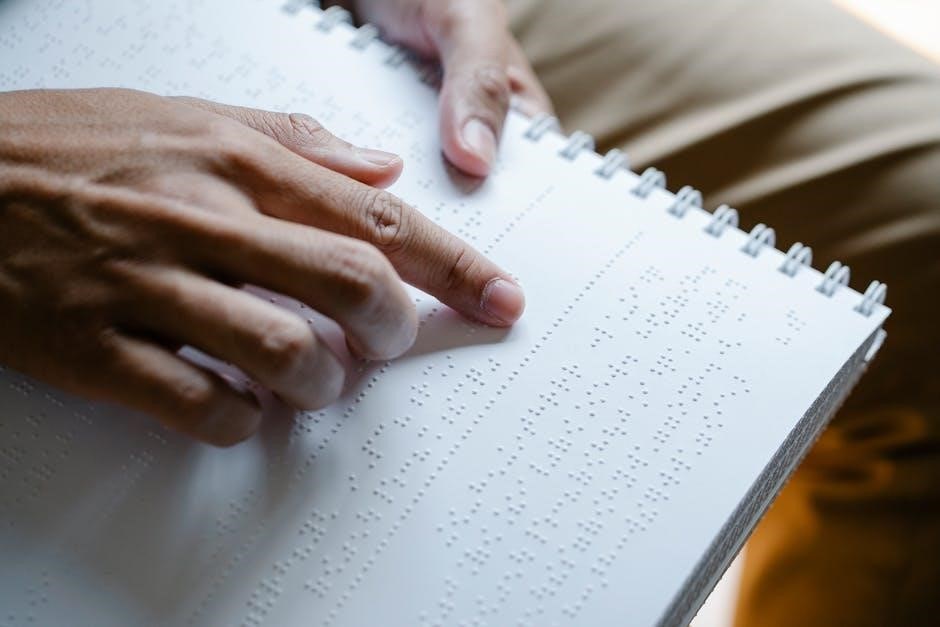
Popular Polynesian Symbols and Their Meanings
Central to Polynesian art and culture, symbols like Enata, Shark Teeth, Turtles, and Ocean Waves carry deep meanings, representing ancestry, strength, longevity, and spiritual connection to nature and heritage.
2.1 Enata: The Symbol of People and Ancestors
The Enata symbol, rooted in Marquesan culture, represents people, ancestors, and deities. Its variations depict different ranks, with simplified forms signifying warriors or chiefs. The symbol often features lifted arms and bent legs, embodying strength and spiritual connection. In tattoos, Enata is used to honor lineage and mana, reflecting Polynesian beliefs in ancestral guidance and community unity. This motif bridges the physical and spiritual worlds, celebrating heritage and identity with profound cultural significance.
2.2 Shark Teeth: Strength and Protection
Shark teeth are potent symbols in Polynesian cultures, embodying strength, protection, and resilience. Often depicted in tattoos, they signify courage and the ability to navigate life’s challenges. Historically, shark teeth were used in weaponry, reinforcing their association with power. They also represent a connection to the ocean, a vital source of sustenance and inspiration. This motif is highly revered, offering spiritual safeguarding and a reminder of the importance of adapting to life’s unpredictable tides.
2.3 Turtles: Longevity and Wisdom
Turtles hold profound significance in Polynesian cultures, symbolizing longevity, wisdom, and a deep connection to the ocean. Often depicted in art and tattoos, they represent a harmonious journey through life, guided by patience and insight. Turtles are also associated with fertility and family, embodying the cycles of life and the enduring strength of ancestral wisdom. Their presence in designs serves as a reminder of the importance of balance and resilience in navigating life’s challenges.
2.4 Ocean Waves: Connection to the Sea
Ocean waves are a powerful symbol in Polynesian cultures, representing the deep connection to the sea and its life-sustaining forces. They embody the rhythmic flow of life, resilience, and adaptability. In tattoos and art, waves often signify journey, transformation, and the eternal bond between the people and their ancestral waters. Their undulating forms also symbolize the constant movement and change inherent in life, reflecting the Polynesian peoples’ reverence for the ocean’s power and beauty.
2.5 Spearheads: Courage and Warfare
Spearheads are prominent Polynesian symbols, embodying courage, strength, and the warrior spirit. Historically, they represented prowess in battle and protection of one’s community. In tattoos, spearheads often signify personal resilience, triumph over adversity, and a connection to ancestral bravery. Their sharp, angular designs symbolize clarity and focus, making them powerful motifs for individuals seeking to express inner strength and a warrior-like mindset rooted in Polynesian cultural traditions.
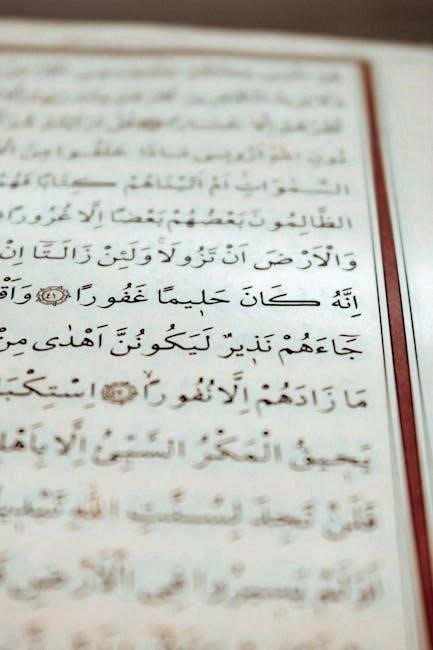
The Historical Evolution of Polynesian Symbols
Polynesian symbols trace their origins to ancient myths and legends, evolving over centuries through cultural exchanges and adaptations, blending traditional meanings with modern interpretations, reflecting enduring resilience and identity.
3.1 Ancient Origins and Mythological Influences
Polynesian symbols originate from ancient myths and legends, deeply connected to deities, ancestors, and natural elements. These motifs, such as sharks, turtles, and Enata (human figures), reflect spiritual beliefs and cultural identity. Rooted in oral traditions, they were used in rituals and storytelling to preserve history and values. Their designs often symbolized strength, wisdom, and divine connection, embodying the essence of Polynesian spirituality and its timeless influence on art and culture.
3.2 Regional Variations Across Polynesian Islands
Polynesian symbols vary across islands, reflecting unique cultural identities and historical influences. For instance, Samoan tattoos emphasize intricate spirals and geometric patterns, while Hawaiian designs often feature bold black lines and natural motifs. Marquesan art is known for its striking Enata figures, symbolizing ancestors and divine beings. These regional differences highlight the diversity of Polynesian traditions, showcasing how each island developed distinct artistic styles to express their spiritual and historical narratives.
The Role of Symbols in Polynesian Tattoos
Polynesian tattoos use symbols to convey deep cultural, spiritual, and personal meaning. These designs often represent identity, ancestry, and life experiences, serving as a visual narrative of one’s heritage and beliefs.
4.1 Traditional Tattooing Techniques and Tools
Traditional Polynesian tattooing involves hand-tapped techniques using tools like boar teeth and turtle shell combs. These tools create intricate designs, symbolizing cultural identity and spiritual connection. The process is communal, often accompanied by chants and rituals, emphasizing the holistic experience. Tattoo artists, or tufuga, are revered for their skill and knowledge, passed down through generations. The pain endured during tattooing is seen as a test of strength and dedication, reflecting deep respect for the craft and its cultural significance.
4.2 Modern Interpretations and Cultural Revival
Modern interpretations of Polynesian symbols blend traditional meanings with contemporary art forms, revitalizing cultural heritage. Digital platforms and global influences have inspired new designs, while maintaining respect for ancient traditions. Tattoos, in particular, have become a powerful medium for cultural revival, with artists incorporating modern techniques to create fresh yet meaningful pieces. This resurgence reflects a growing pride in Polynesian identity, fostering a bridge between the past and present.
4.3 Common Tattoo Motifs and Their Significance
Common Polynesian tattoo motifs include Enata (representing people and ancestors), shark teeth (symbolizing strength), turtles (embodying longevity), ocean waves (linking to the sea), and spearheads (signifying courage). Each motif carries deep cultural and spiritual significance, reflecting themes of ancestry, protection, wisdom, and connection to nature. These symbols are often combined to tell personal stories, making each tattoo a unique expression of identity and heritage.
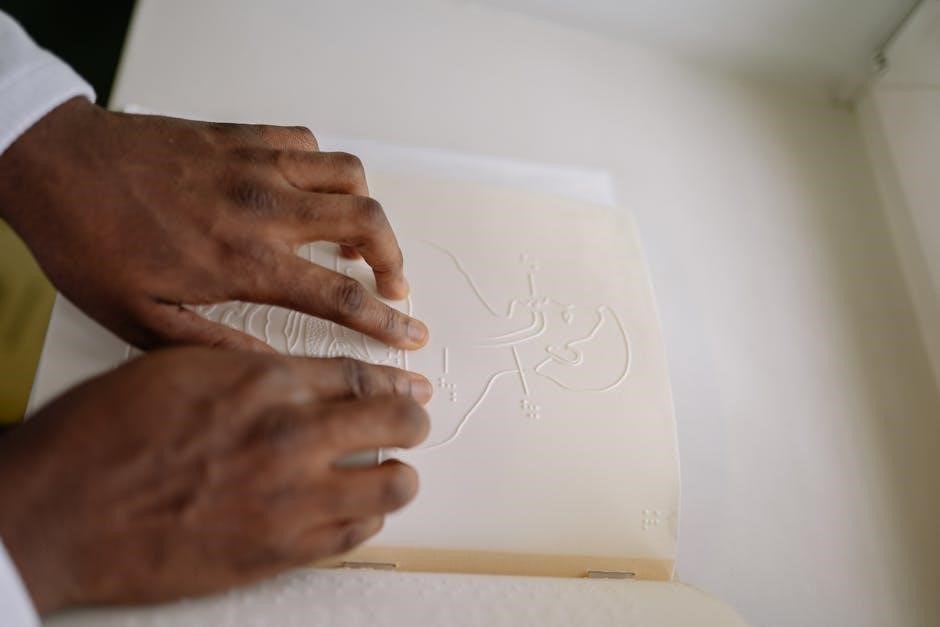
How to Choose Symbols for Personal Designs
Choosing symbols involves understanding personal connections, researching meanings, and combining motifs to tell a story. Ensure cultural respect and authenticity in your design.
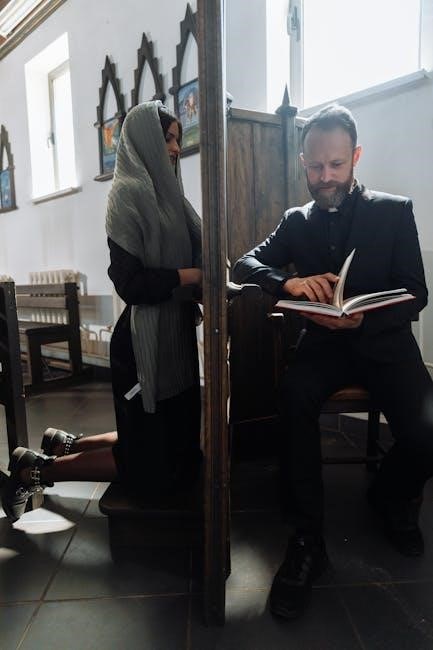
5.1 Understanding Personal Connection to Symbols
Understanding your personal connection to Polynesian symbols involves reflecting on their meanings and how they resonate with your life, beliefs, or heritage. Symbols like turtles or sharks may represent longevity or strength, aligning with your values or experiences. Researching their cultural significance and contemplating their relevance to your journey helps create meaningful designs. This personal connection ensures your design is authentic and carries emotional depth, making it more than just an aesthetic choice.
5.2 Combining Symbols to Tell a Story
Combining Polynesian symbols allows for the creation of intricate narratives, where each element contributes to a deeper meaning. For instance, pairing turtles with ocean waves can symbolize a journey through life, blending longevity with a connection to the sea. Similarly, integrating shark teeth with spearheads might represent strength and courage in overcoming challenges. This storytelling approach ensures designs are unique and reflective of personal experiences, making them profoundly meaningful and visually striking.
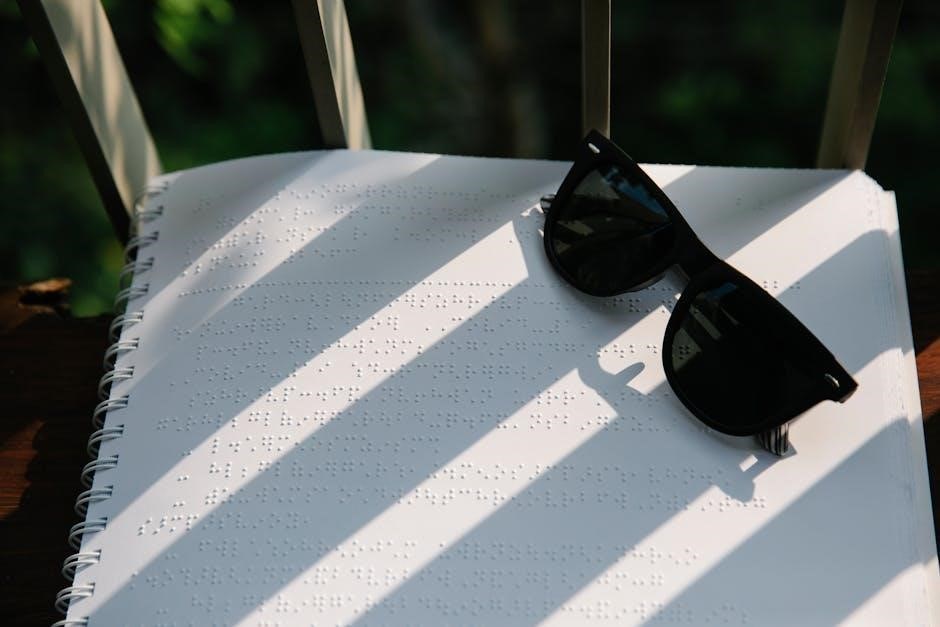
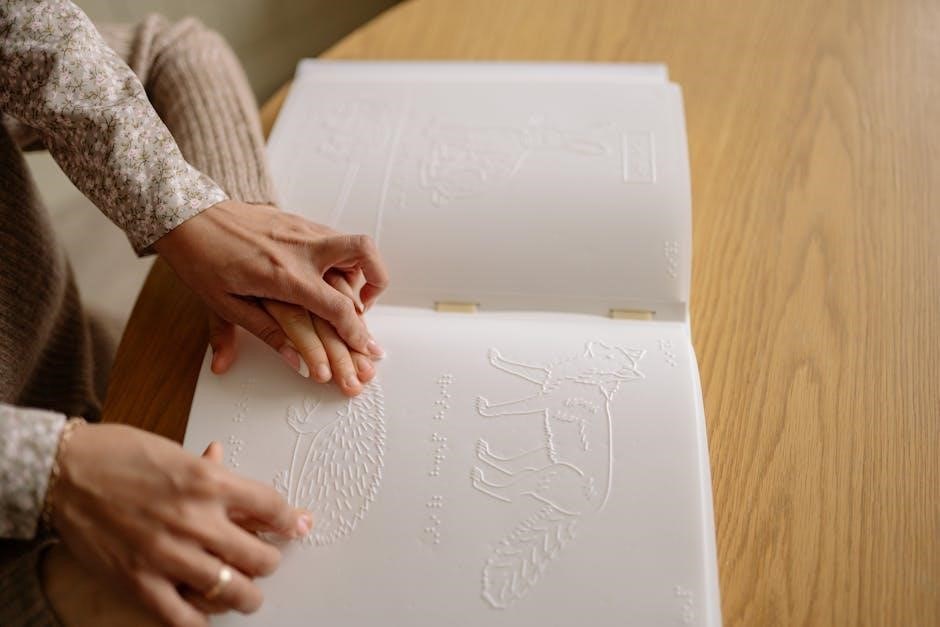
Digital Resources for Studying Polynesian Symbols
Digital resources, including PDF guides and books like The Polynesian Tattoo Handbook, offer detailed insights into symbols, their meanings, and cultural significance, supported by historical context and imagery.
6.1 Recommended Books and PDF Guides
The Polynesian Tattoo Handbook (Vol. 1 & 2) is a must-have resource, offering detailed lists of symbols, meanings, and cultural context. The guide includes over 400 symbols, real-life tattoo examples, and practical advice for creating personal designs. Available in PDF format, it serves as a comprehensive reference for students, enthusiasts, and artists. Additionally, free downloadable PDF guides from websites like TattooTribes provide insights into traditional motifs and their significance, making them accessible to everyone.
6.2 Online Platforms and Communities

Online platforms like TattooTribes.com and polynesiantattoosymbols.com offer extensive resources on Polynesian symbols and meanings. These websites provide detailed guides, high-resolution images, and downloadable PDFs, such as the Polynesian Tattoo Handbook. Forums and communities, like Reddit’s r/PolynesianTattoo, allow enthusiasts to discuss and share insights. These digital spaces are invaluable for exploring cultural significance, learning from experts, and connecting with artists and historians worldwide.
The Future of Polynesian Symbols in the Modern World
Polynesian symbols are adapting to modern times through cultural preservation efforts and integration into contemporary art, fashion, and tattoos. Their enduring appeal ensures a vibrant future.
7.1 Cultural Preservation Efforts
Digital resources like books and PDF guides play a crucial role in preserving Polynesian symbols and their meanings. These materials compile historical and cultural insights, making them accessible for education and inspiration. By documenting traditional motifs and their significance, they help maintain the integrity of Polynesian heritage. Additionally, online platforms and communities dedicated to these symbols foster global awareness and appreciation, ensuring that future generations can learn from and connect with their rich cultural history.
7.2 Adaptation in Contemporary Art and Fashion
Polynesian symbols are experiencing a modern resurgence in art and fashion, blending traditional meanings with contemporary styles. Designers incorporate motifs like turtles and sharks into clothing and accessories, while artists reinterpret these symbols in digital media. Tattoos remain a popular medium, with individuals adapting ancestral designs to express personal identity. Digital resources and PDF guides inspire creators, ensuring these symbols remain relevant while honoring their cultural roots in innovative ways.
Polynesian symbols and their meanings remain a vital part of cultural identity, bridging tradition and modernity. Their enduring significance inspires art, tattoos, and personal expression, ensuring their legacy endures.
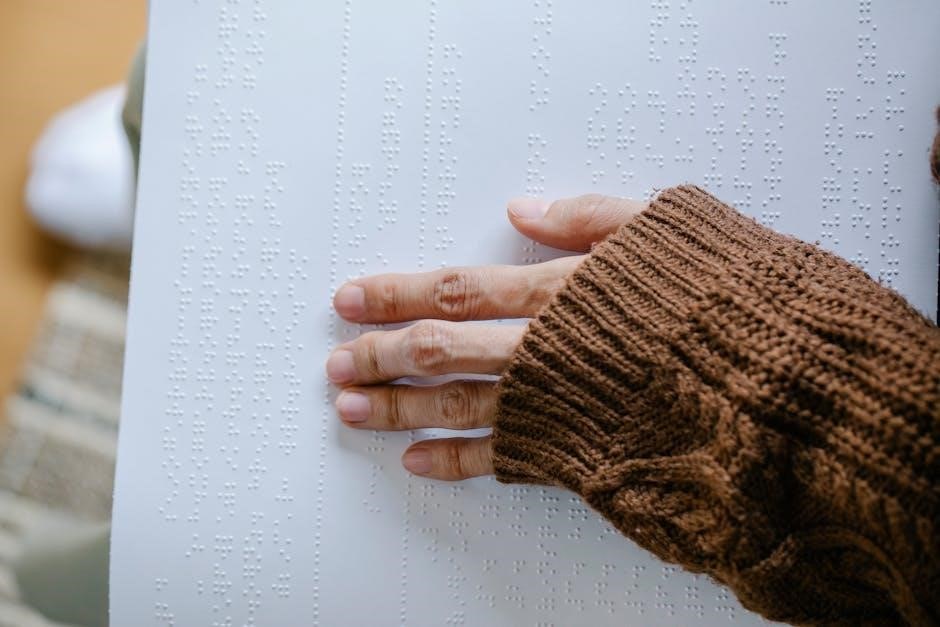
8.1 Final Thoughts on the Significance of Polynesian Symbols
Polynesian symbols are more than art; they are gateways to cultural heritage, spirituality, and identity. Their intricate designs and meanings reflect deep connections to ancestry, nature, and the divine. These symbols, often used in tattoos, serve as storytelling tools, preserving history and values. Their significance endures, inspiring modern adaptations while honoring ancient traditions, ensuring their timeless relevance in a rapidly changing world.
References
Key references include The Polynesian Tattoo Handbook by TattooTribes, offering detailed insights into symbols and their meanings. Additional resources like Polynesian Symbols and Meanings provide comprehensive guides. These books, along with PDF guides from reputable sources, are essential for studying Polynesian symbology. They are widely available online, serving as invaluable tools for students, artists, and enthusiasts seeking to explore the cultural and historical significance of Polynesian art and traditions.